The lions of Odesa are a reminder of the ravages of war as it looms over Ukraine.
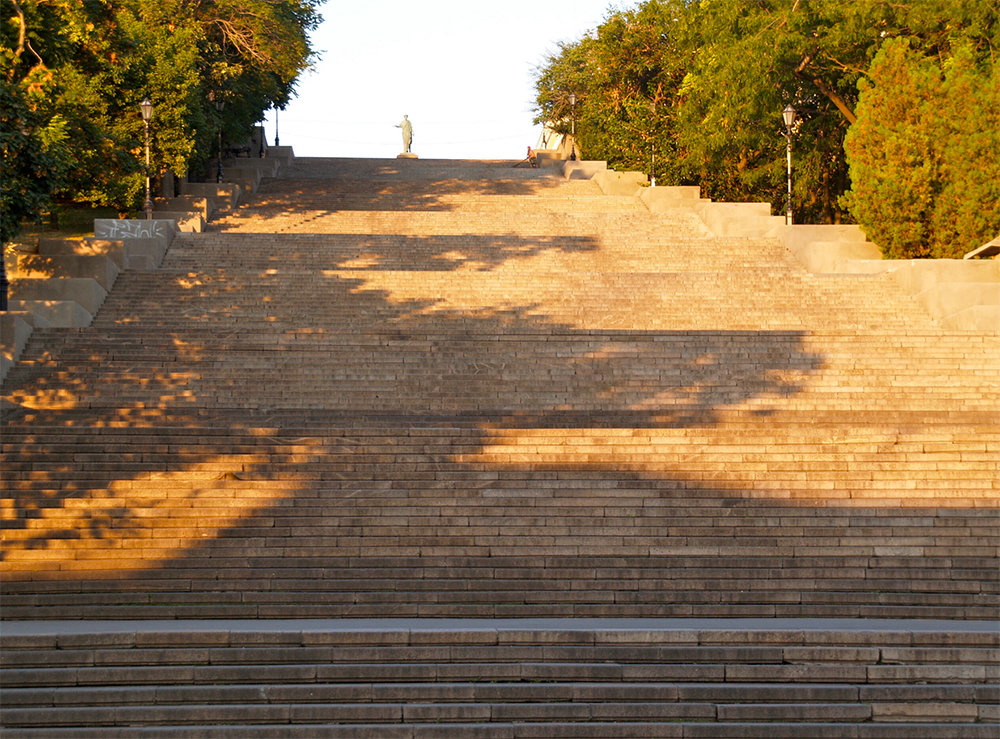
Odesa (single ‘s’ in Ukrainian) on the Black Sea shore of South-Western Ukraine is the country’s largest port city. About 300 km away, as I write this, the capital city of Kyiv (changed from the earlier Russian Kiev) is surrounded by Russian troops. It reminded me of the lions of Odesa in the classic montage sequence of Eisenstein’s 1925 film, Battleship Potemkin, one of the greatest ever made. Based on a real-life event of 1905, the crew of the battleship had staged a mutiny against their officers. The citizenry of Odesa was welcoming the ship and its crew with cheers and supplies sent on boats.
The lions of Odesa
Three consecutive shots show three marble lion sculptures in sequence. First, it creates an image of a lion leaping up surrounded by the thunder of the Potemkin’s guns. As if in protest against the carnage on the Odesa steps.
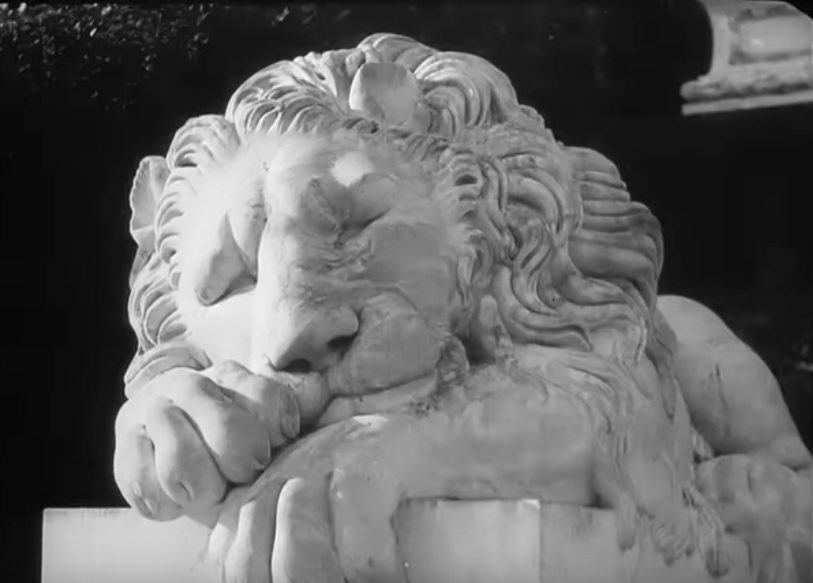
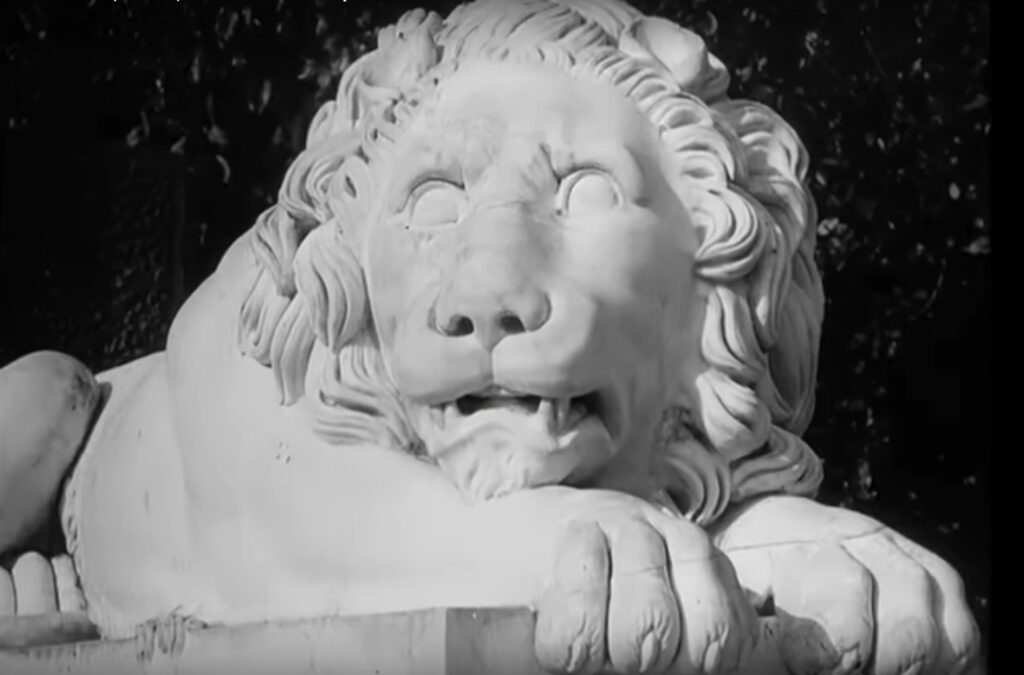
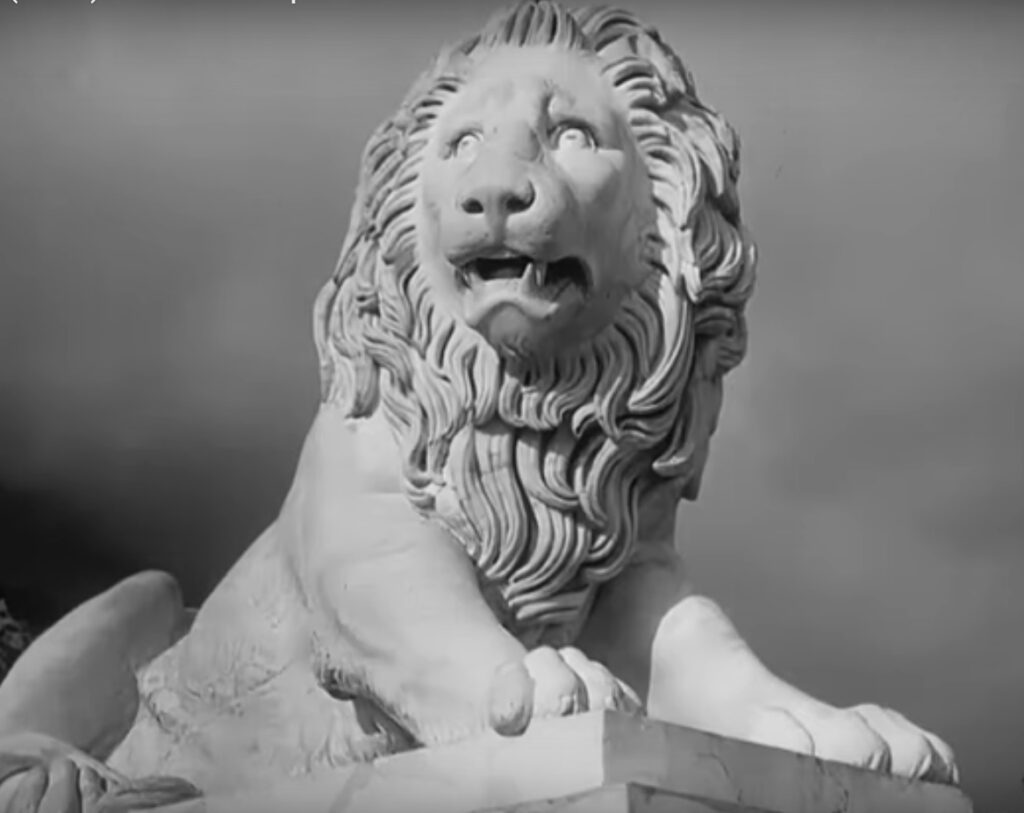
The Odesa steps sequence
A link to the Odesa Steps Sequence is below. It is about 11 minutes long and has English translations of the original Russian subtitles from the silent era.
War in 2022 Ukraine
With Europe facing its biggest threat of war in nearly eight decades, the eternal frames of Battleship Potemkin remind us of the ravages that war can cause.
The whole soldier doesn’t suffer—
– Ludmila Khersonsky, Ukrainian poet
it’s just the legs, the arms,
just blowing snow
just meager rain.
The whole soldier shrugs off hurt—
it’s just missile systems …
Just thunder, lightning,
just dreadful losses,
just the day with a dented helmet,
just God, who doesn’t protect.
Sergei Eisenstein
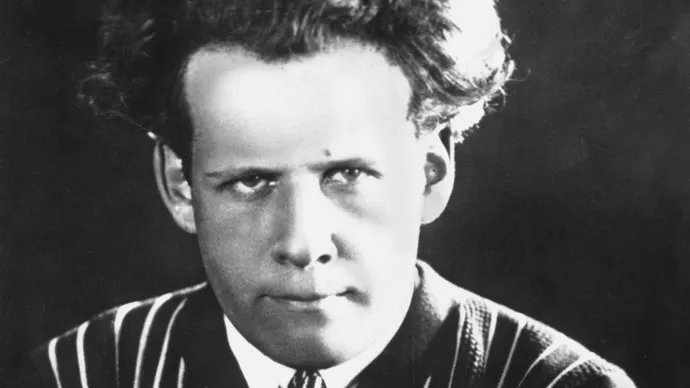
Sergei Eisenstein (1898-1948), who hailed from present-day Latvia, was one of cinema’s earliest theoreticians and filmmakers of the Soviet school. His other major films include Strike, October: Ten Days that Shook the World, Alexander Nevsky, and Ivan the Terrible, Parts 1, 2 and 3. Eisenstein would later fall out of favour with the Stalinist regime. When Eisenstein made the film, Odesa was in the Soviet Union. His major writings on film include Film Form, Film Sense, Notes of a Film Director, and Towards a Theory of Montage.
Epilogue
Alaknanda Patel contributed the following lines as an epilogue:
The war will end.
– Mahmoud Darwish, Palestinian national poet
The leaders will shake hands.
The old woman will keep waiting for her martyred son.
That girl will wait for her beloved husband.
And those children will wait for their heroic father.
I don’t know who sold our homeland.
But I saw who paid the price.
Note
Khersonsky’s poem and the photograph of the Odesa steps are from a blog post by Ilya Kaminsky for The Paris Review, the world’s leading literary magazine.
![]()